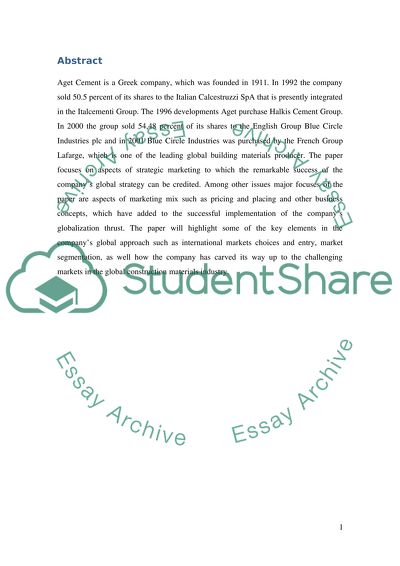Cite this document
(“Global Business Strategy Essay Example | Topics and Well Written Essays - 2250 words”, n.d.)
Retrieved from https://studentshare.org/miscellaneous/1499331-global-business-strategy
Retrieved from https://studentshare.org/miscellaneous/1499331-global-business-strategy
(Global Business Strategy Essay Example | Topics and Well Written Essays - 2250 Words)
https://studentshare.org/miscellaneous/1499331-global-business-strategy.
https://studentshare.org/miscellaneous/1499331-global-business-strategy.
“Global Business Strategy Essay Example | Topics and Well Written Essays - 2250 Words”, n.d. https://studentshare.org/miscellaneous/1499331-global-business-strategy.


